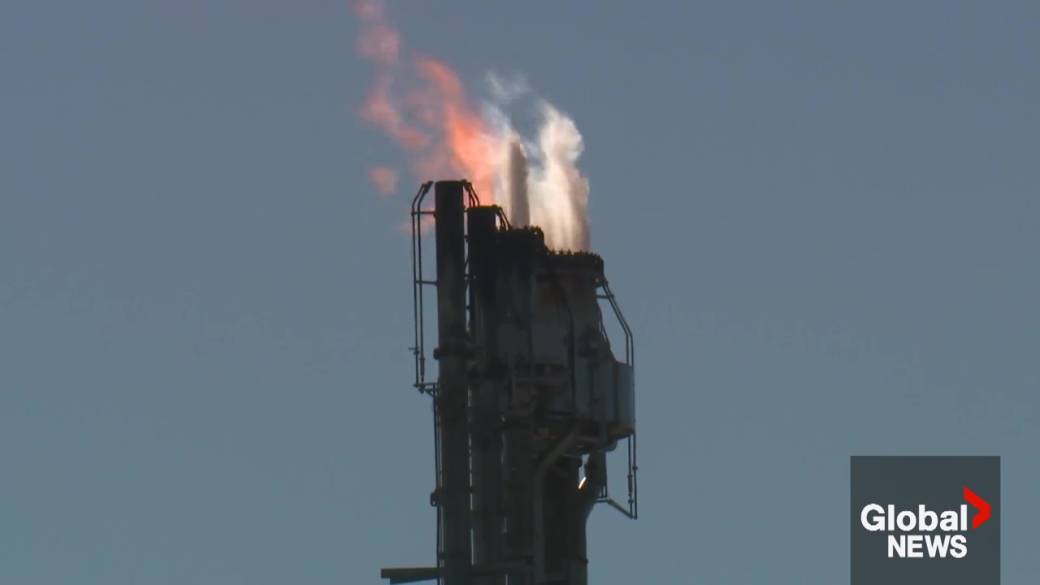Canada will cap emissions from the oil and gas sector and require those to drop by at least one-third by 2030, according to a draft framework released by the federal government on Thursday.
Canada’s emissions cap, which will follow a cap-and-trade model, aims to limit emissions from the oil and gas sector at 35 to 38 per cent below 2019 levels. This is below the 40 per cent target that was anticipated from a 2022 emissions reduction proposal.
The cap will set a limit on emissions and will be phased in between 2026 and 2030, with the cap being in the range of 106 to 112 million tonnes.
Under the cap-and-trade system, a regulatory body will issue an “allowance,” which is the quantity of emissions the regulated party is allowed to emit. The cap would apply to upstream oil and gas, meaning industries involved in the exploration, drilling and extraction of crude oil and natural gas. It would also extend to liquefied natural gas (LNG) facilities, which are projected to be a growing source of emissions.
Oil and gas facilities will have two options to compensate for emissions above the cap. They can offset credits from Canada’s Greenhouse Gas Offset Credit System and from provincial systems, which represent projects that reduce emissions.
They can also make contributions of a specified amount per tonne to a decarbonization fund, which would invest its proceeds in future greenhouse gas reductions.
Oil and gas facilities will have to register by the end of 2025 or before the regulations go into effect, on Jan. 1, 2026.

“All sectors of our economy need to reduce their emissions, and that includes oil and gas companies,” Environment Minister Stephen Guilbeault said on Thursday. “The Government of Canada’s plan to cap and reduce emissions from Canada’s largest emitting sector is ambitious, but practical. It considers the global demand for oil and gas—and the importance of the sector in Canada’s economy—and sets a limit that is strict, but achievable.”
The activities covered by the proposed regulations would include bitumen and other crude oil production, surface mining of oil sands and bitumen extraction,…
Click Here to Read the Full Original Article at : Politics…
